1. Concrete countertops
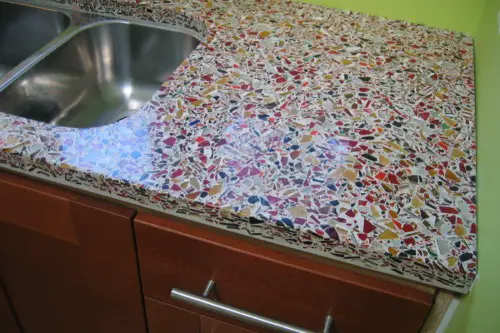
Concrete countertops are trendy and industrial-looking when first installed. They can be tinted in unique colors and have a handcrafted appeal. But they’re porous unless sealed properly, and even then, sealing wears off with use. Stains and water marks can become permanent in just a few months.
Hairline cracks are also common as concrete naturally expands and contracts. Repairs can be tricky without making them more noticeable. While some people like the “patina” of age, others see it as wear and tear. The maintenance often surprises homeowners who expected low upkeep.
2. Mirrored backsplashes
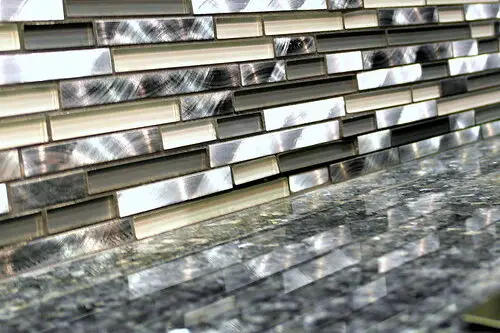
Mirrored backsplashes give kitchens and bars an instant sense of glamour and depth. They bounce light around, making spaces look bigger. But they also reflect every splash, fingerprint, and smudge. Cooking splatter becomes glaringly obvious.
They’re also prone to black “desilvering” spots over time, especially around edges exposed to moisture. Cleaning them means being careful to avoid scratching the surface. Once damaged, replacing mirrored panels is costly and time-consuming. The dazzling effect doesn’t always survive years of daily use.
3. Marble countertops

Marble countertops are gorgeous when new, with that timeless veined look that screams luxury. But marble is a soft, porous stone, which means it scratches and stains easily. Red wine, lemon juice, and even water rings can leave permanent marks. The first few stains might feel “characterful,” but they add up fast.
Resealing helps, but it’s not foolproof and needs to be done regularly. Etching from acidic foods is almost impossible to fully remove without refinishing. Daily maintenance becomes more of a chore than you expect from such a “high-end” material. Over a few years, a once-luxurious marble counter can start looking tired and overworked.
4. Polished nickel fixtures
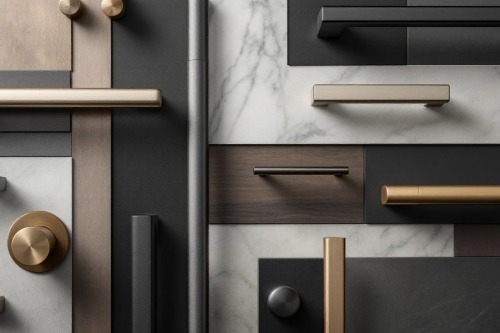
When freshly installed, polished nickel fixtures have a warm, elegant sheen that feels upscale. They’re less common than chrome, which adds to their appeal. Unfortunately, polished nickel tarnishes and develops water spots easily. Even fingerprints dull the finish faster than you’d expect.
They also require specific cleaning methods to avoid damage. Abrasive cleaners can scratch them, while some polishes can strip the coating. Over time, uneven wear can make the fixtures look patchy rather than gracefully aged. That lustrous warmth you fell in love with can be hard to maintain long-term.
5. Open shelving
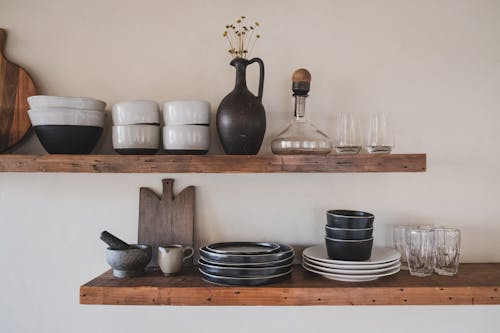
Open shelving can make a kitchen feel airy and Pinterest-worthy right after installation. It puts beautiful dishware on display and makes cooking essentials easy to grab. But in reality, every item collects dust and grease—especially near the stove. Without constant wiping, things start looking grimy quickly.
Sunlight can also fade or discolor certain dishes or decorative items over time. The shelves themselves often warp if they’re made of cheaper woods or composites. What starts as a sleek, curated look can quickly feel cluttered and messy. Eventually, the maintenance can outweigh the aesthetic benefit.
6. White subway tile with white grout
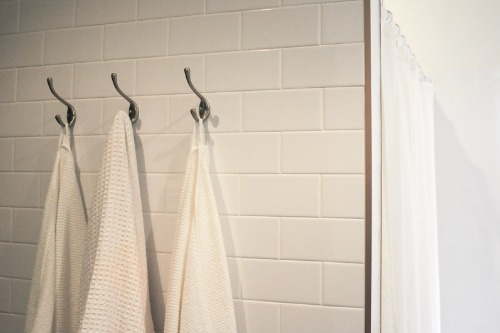
It’s a classic, clean choice that feels like it will never go out of style. The crisp contrast between glossy tile and perfect grout lines makes any space look fresh. But grout is porous, and white grout is a magnet for stains. Even with sealing, it can start looking dingy within a year.
Scrubbing grout is time-consuming, and once it’s stained, it rarely returns to its original brightness. In kitchens, oil splatter can seep in; in bathrooms, mildew can take hold. Regrouting is possible but labor-intensive. Over time, the crisp look you loved can turn into a dull, uneven surface.
7. Bamboo flooring
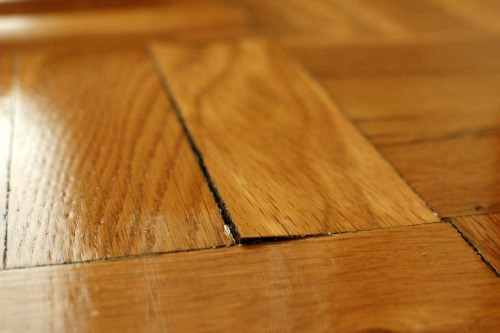
Bamboo flooring often gets marketed as eco-friendly and chic. When new, it has a sleek, modern look with subtle grain patterns. But many bamboo floors are softer than traditional hardwoods, making them prone to dents and scratches. Even dropping a set of keys can leave a mark.
Cheaper bamboo is also more susceptible to moisture damage, which can cause warping or swelling. In humid climates, planks can separate or buckle. Refinishing isn’t always possible because of the way bamboo is manufactured. That sleek modern feel can be short-lived without perfect conditions.
8. High-gloss white cabinets
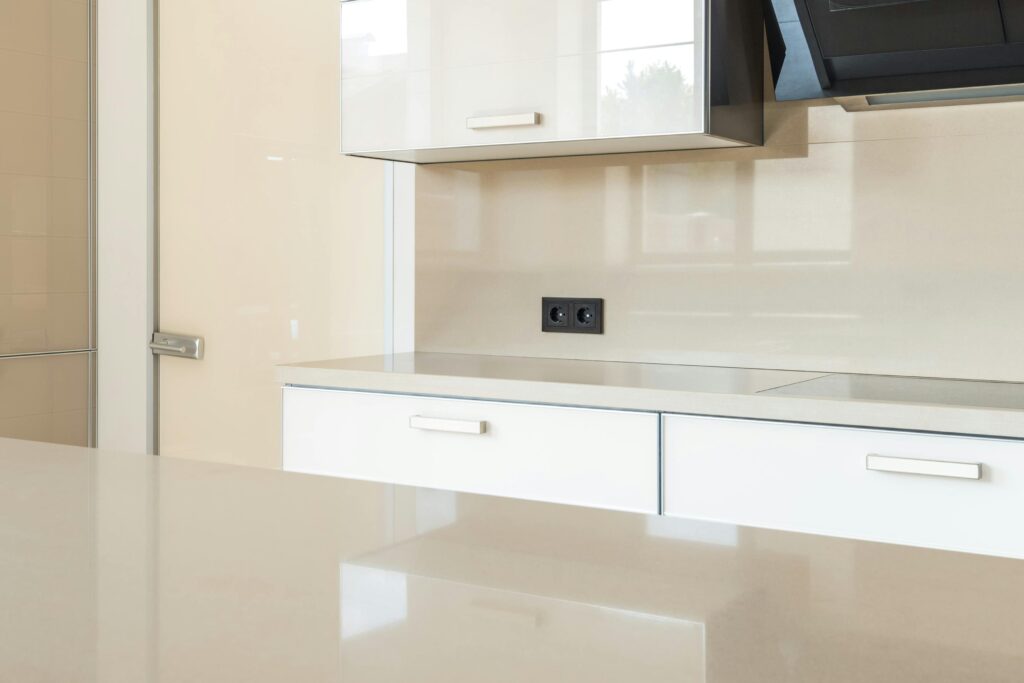
At first, high-gloss white cabinets feel like they belong in a sleek design magazine. They reflect light beautifully and make small kitchens look brighter. The problem is, that shiny finish shows every single fingerprint, smudge, and cooking splatter. Unless you love constant cleaning, they quickly lose that just-installed sparkle.
Over time, they’re also prone to yellowing, especially if they’re in a sunny or heat-heavy space. UV rays and everyday cooking fumes can subtly change the color in ways you might not notice until it’s too late. Once that happens, touching up the finish is tricky and rarely matches perfectly. What once looked pristine can start to feel a little worn and dated.
9. Dark hardwood floors
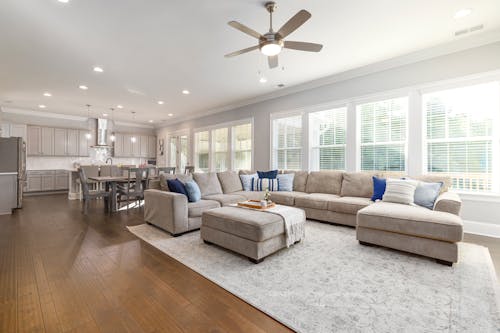
Dark hardwood floors look rich and dramatic in photos, giving a space instant sophistication. But they show dust, dirt, and scratches more than lighter finishes. Even pet hair becomes instantly visible, making daily sweeping feel unavoidable. Every tiny imperfection catches the light in the worst way.
Plus, darker stains tend to fade unevenly in sunny rooms. Furniture movement can leave lighter patches that stick out like sore thumbs. Refinishing is always an option, but that means sanding down the surface—and you can only do that so many times before the boards thin. The upkeep can outweigh the wow factor.
10. High-pile rugs
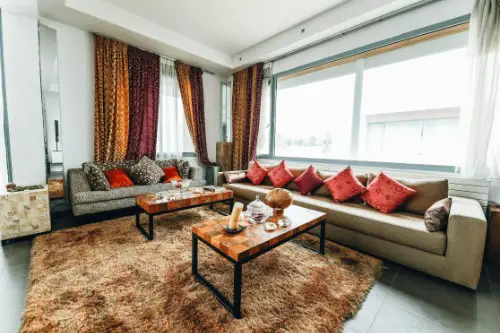
High-pile rugs feel indulgent underfoot and instantly cozy up a room. They can make even a minimalist space feel inviting. But they trap dust, allergens, and dirt deep within the fibers. Vacuuming them thoroughly is a challenge.
Over time, the pile can mat down in high-traffic areas, losing that plush look. Stains are harder to clean because liquids sink quickly into the fibers. Rotating the rug helps, but wear patterns still develop. What started as a luxe accent can turn into a worn, flattened surface.
11. Stainless steel appliances
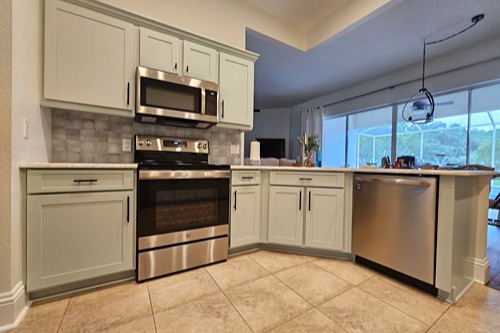
Stainless steel appliances are a go-to for a modern, upscale kitchen. They’re sleek, neutral, and complement almost any design. But they’re notorious for showing fingerprints, smudges, and streaks. Cleaning them often feels like a losing battle.
They can also scratch and dent more easily than you might expect. In coastal areas, salt air can cause corrosion over time. Once the surface is damaged, it’s nearly impossible to restore the uniform finish. That showroom shine is difficult to maintain year after year.
12. Glossy laminate flooring

Glossy laminate can mimic expensive hardwood or stone at a fraction of the cost. When new, it reflects light beautifully and feels polished. But it scratches easily, and those scratches are more visible because of the shine. Dust and footprints also show up more dramatically.
Moisture is another enemy—laminate can swell or warp if water seeps into seams. Once damaged, it can’t be refinished like real wood. Over time, heavy traffic areas lose their sheen and develop dull patches. That initial “wow” factor can fade quickly.
13. Leather furniture in light colors
Light leather furniture can make a room feel airy and high-end. The texture is soft and inviting, and it often improves with some wear. But lighter shades show stains, scuffs, and discoloration almost instantly. Even blue jeans can leave dye marks on white or cream leather.
Sunlight can cause fading and uneven coloration. Conditioning helps, but too much moisture can darken certain spots. Once stained, leather is notoriously hard to restore to its original shade. What starts as a sophisticated statement can become a constant worry.
14. Vessel sinks
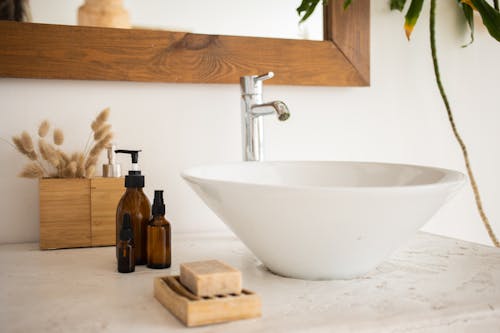
Vessel sinks look like art pieces sitting atop the counter. They add instant style and are available in countless shapes and materials. But they’re prone to splashing because the basin sits higher than traditional sinks. Water ends up around the base and on the counter frequently.
That extra moisture can damage nearby wood or laminate surfaces. Cleaning around and under the vessel is also more tedious than with an undermount sink. Some materials chip or stain easily, especially if they’re not ceramic or tempered glass. The striking look often comes with high-maintenance reality.
This post 14 Renovation Materials That Look High-End But Age Terribly was first published on Greenhouse Black.
